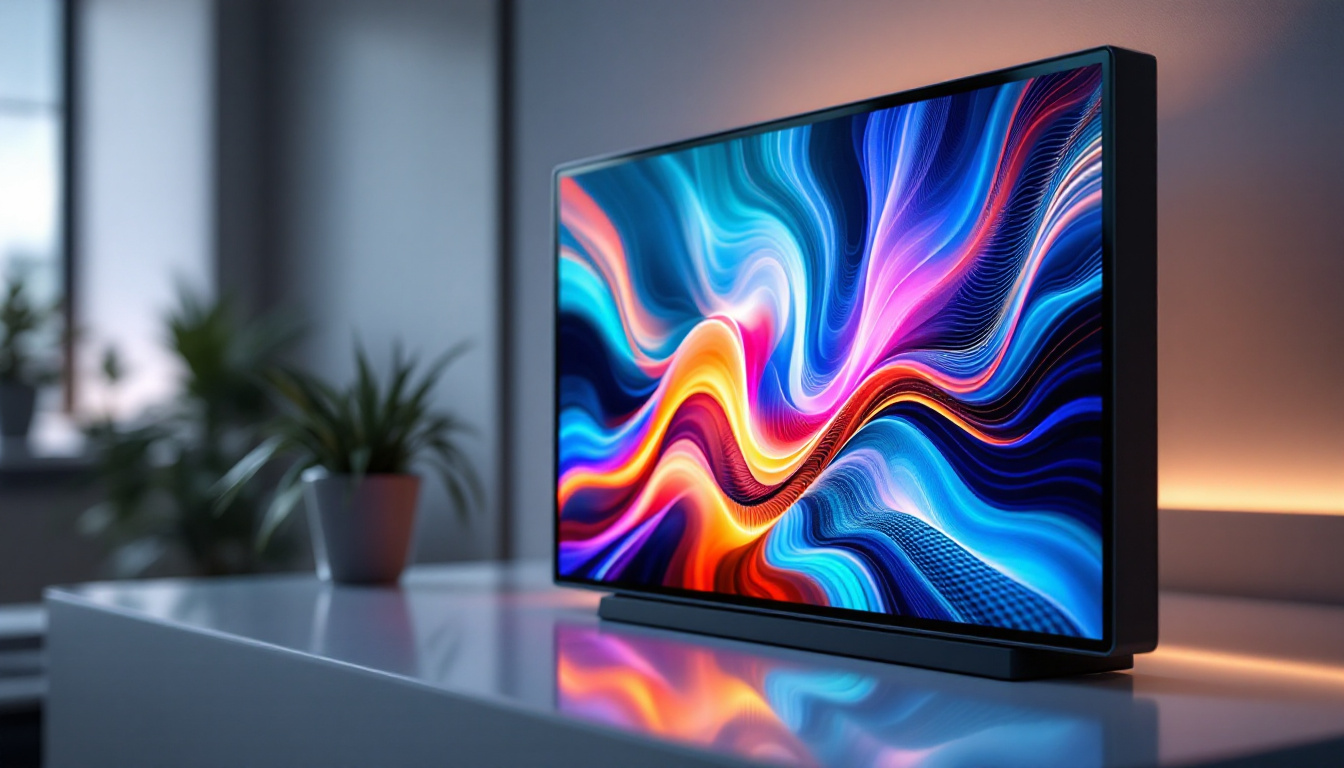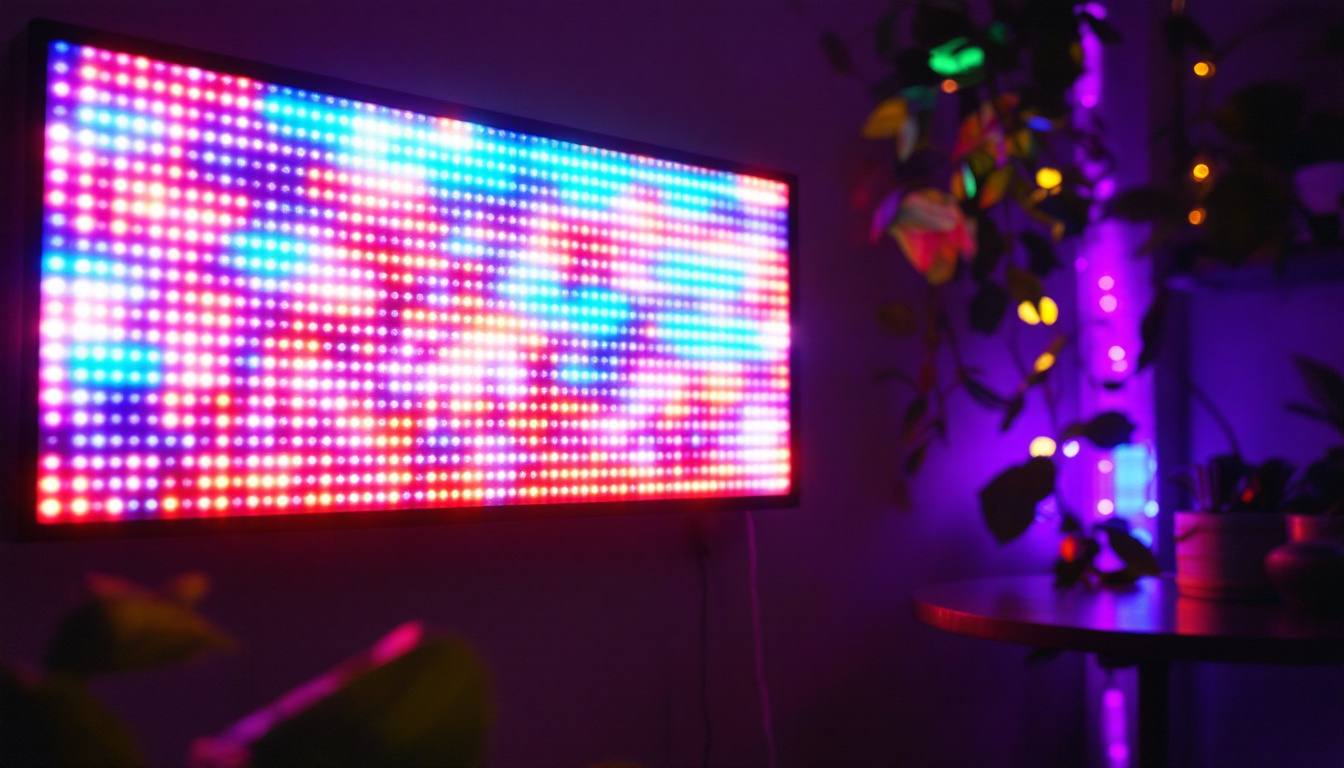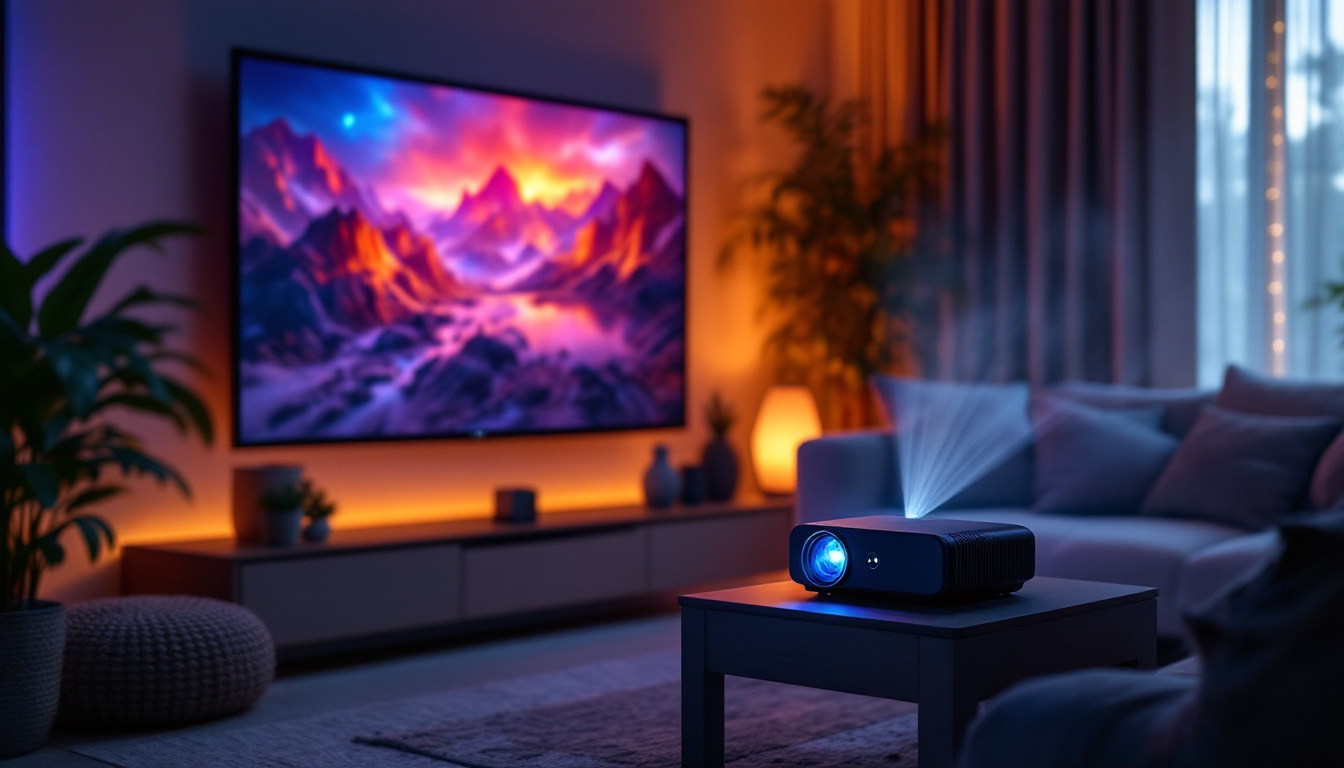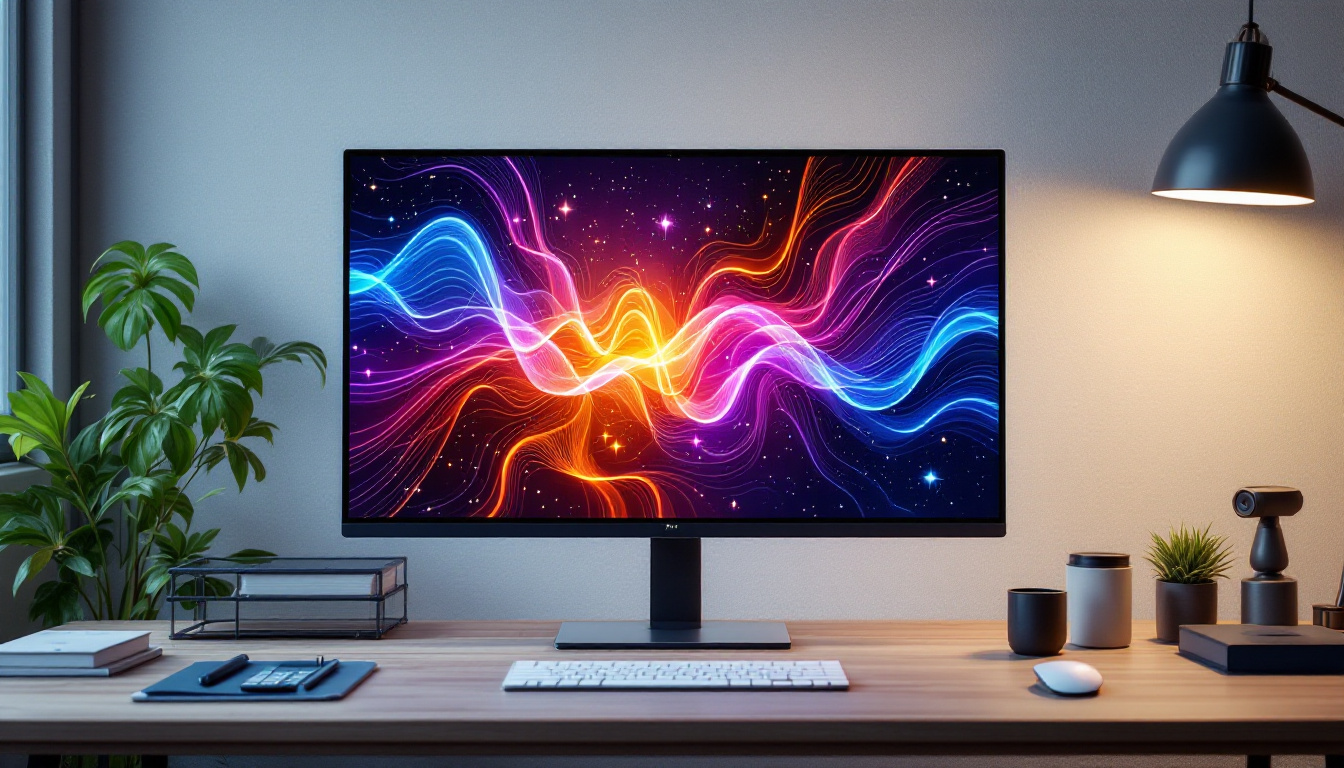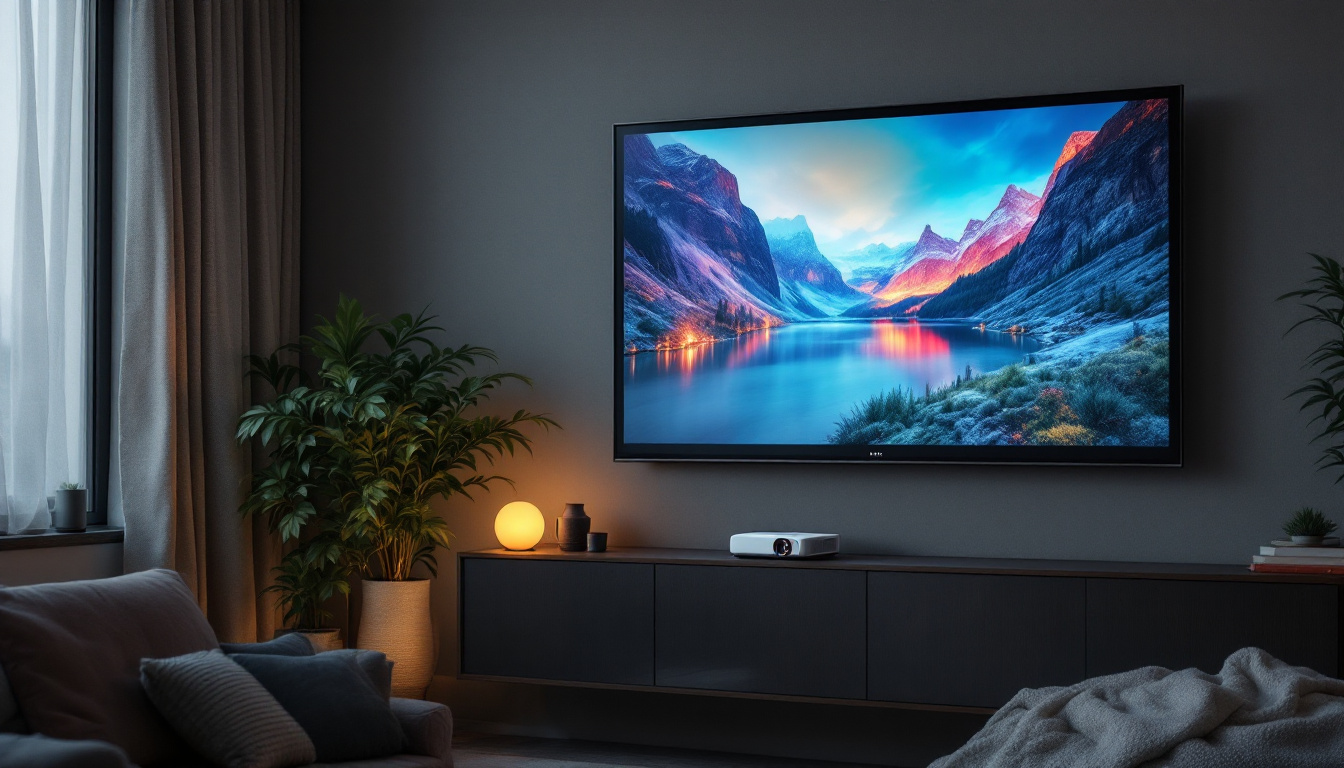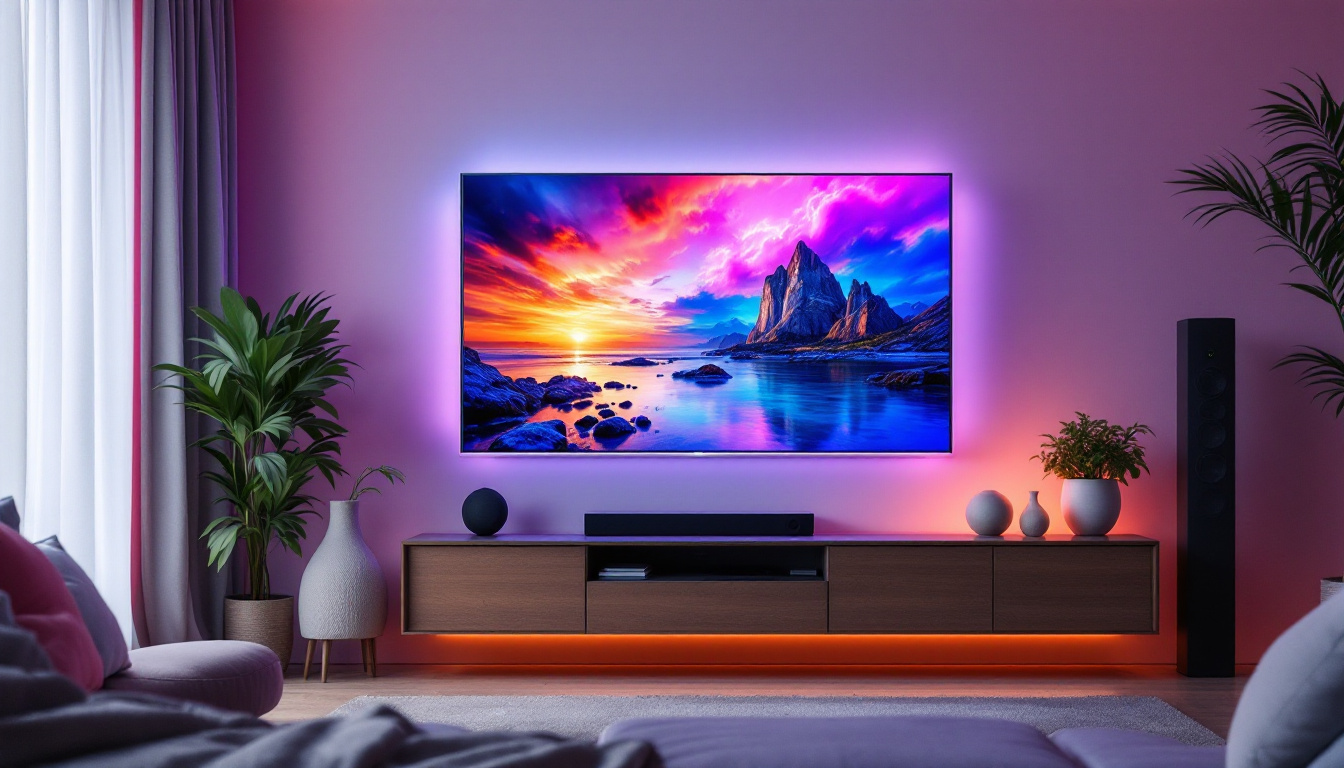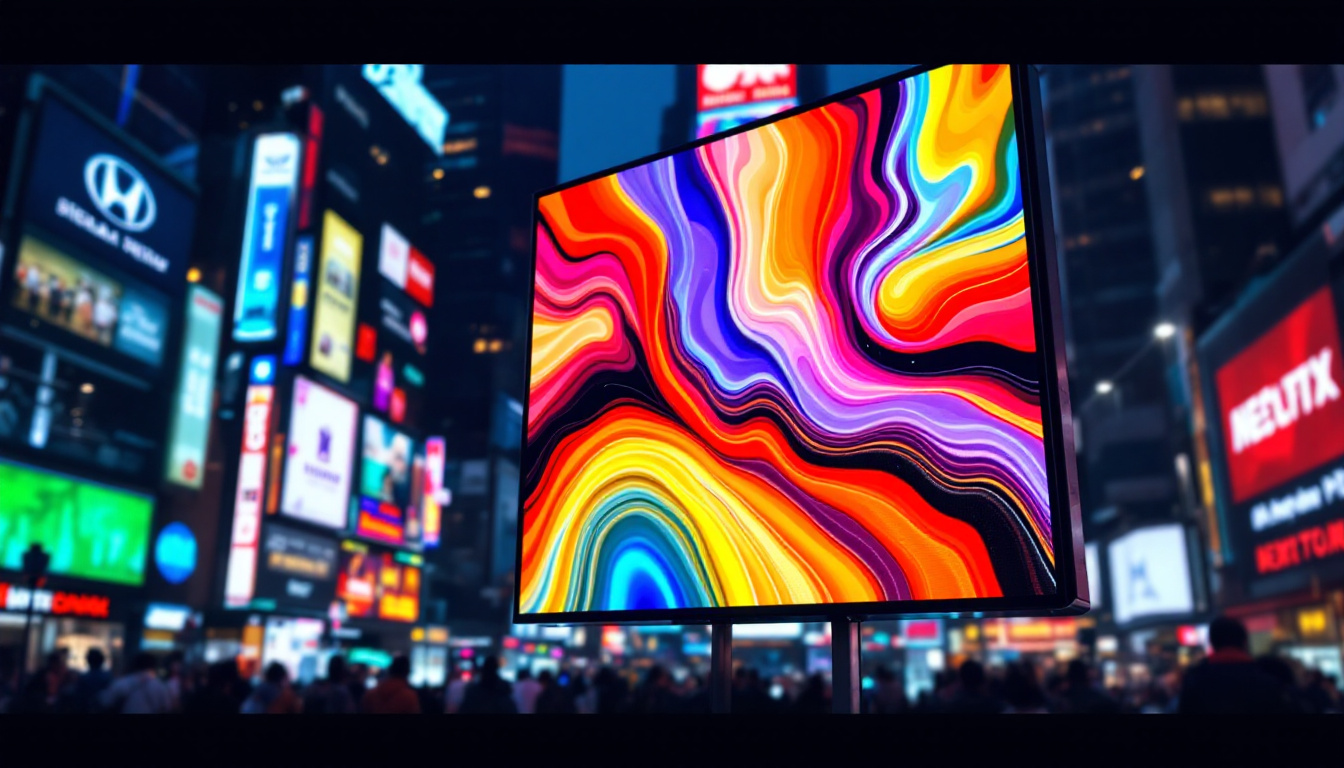In the ever-evolving world of display technology, two names have emerged as front-runners in the quest for superior visual quality: OLED (Organic Light Emitting Diode) and Micro LED. Both technologies promise vibrant colors, deep blacks, and exceptional viewing experiences, but they achieve these results through different mechanisms. Understanding the distinctions between OLED and Micro LED is essential for consumers and professionals alike, especially as these technologies continue to shape the future of screens.
Understanding OLED Technology
OLED technology has revolutionized the way displays function by utilizing organic compounds that emit light when an electric current is applied. Unlike traditional LCDs, which rely on backlighting, OLED panels are self-illuminating. This fundamental difference allows for greater contrast ratios and more vibrant colors. The impact of this technology can be seen across various applications, from televisions and smartphones to wearable devices, enhancing user experiences in both entertainment and productivity.
How OLED Works
At the core of OLED technology are organic materials that emit light when energized. Each pixel in an OLED display is made up of red, green, and blue sub-pixels, which can be turned on or off independently. This capability enables OLEDs to achieve true blacks, as pixels can be completely turned off in dark scenes. The result is a level of contrast that is unmatched by other display technologies. Furthermore, the thinness of OLED panels allows for innovative integration into various devices, making them a popular choice for ultra-slim televisions and smartphones.
Additionally, OLED displays can be made thinner and more flexible than their LCD counterparts, leading to innovative designs such as curved screens and even foldable devices. This flexibility not only enhances aesthetics but also opens up new possibilities for device form factors. The potential for rollable screens, for instance, could redefine how we interact with technology, allowing for larger displays that can be conveniently stored away when not in use.
Advantages of OLED Displays
One of the most significant advantages of OLED displays is their ability to produce deep blacks and vibrant colors. The self-emissive nature of OLED technology means that colors appear more saturated and lifelike. Furthermore, OLED screens offer wide viewing angles, making them ideal for group viewing scenarios. This feature is particularly beneficial in home theater setups, where multiple viewers can enjoy a consistent and immersive experience without color distortion.
Another notable benefit is the rapid response time of OLED displays, which minimizes motion blur during fast-paced scenes. This characteristic makes OLED an excellent choice for gaming and sports viewing, where clarity and responsiveness are paramount. Gamers, in particular, appreciate the low input lag associated with OLED technology, allowing for a more competitive edge in fast-paced gaming environments.
Challenges Facing OLED Technology
Despite its many advantages, OLED technology is not without its challenges. One of the primary concerns is the issue of burn-in, where static images can leave a permanent mark on the display over time. This phenomenon occurs because the organic materials degrade at different rates, leading to uneven wear. Manufacturers are actively working on solutions, such as pixel shifting and screen savers, to mitigate this issue and prolong the lifespan of OLED displays.
Additionally, OLED displays can be more expensive to produce than traditional LCDs, which can impact the overall cost of devices. However, as manufacturing processes improve and competition increases, prices are gradually becoming more accessible. The ongoing research into new organic materials and production techniques holds promise for further reducing costs while enhancing performance, potentially making OLED technology a standard feature in everyday devices.
Exploring Micro LED Technology
Micro LED technology represents a significant advancement in display technology, combining the best aspects of OLED and traditional LED displays. Micro LEDs are tiny, self-emissive LEDs that can be arranged in a matrix to create high-resolution displays. This technology offers many potential benefits, including improved brightness, efficiency, and longevity.
How Micro LED Works
Micro LED displays are composed of millions of microscopic LEDs that emit their own light. Each pixel is an individual LED, allowing for precise control over brightness and color. This self-emissive quality means that Micro LED displays can also achieve true blacks, similar to OLED technology, but with added advantages.
One of the most significant benefits of Micro LED is its potential for higher brightness levels. While OLED displays can struggle with brightness in well-lit environments, Micro LED technology can reach higher luminance levels without sacrificing color accuracy. This makes Micro LED an attractive option for outdoor displays and environments with significant ambient light.
Advantages of Micro LED Displays
Micro LED technology boasts several advantages over both OLED and traditional LCD displays. One of the most notable is its resistance to burn-in. Since Micro LEDs are inorganic, they do not suffer from the same degradation issues as organic materials, leading to a longer lifespan and consistent performance over time.
Additionally, Micro LED displays can achieve higher energy efficiency, which translates to lower power consumption and less heat generation. This efficiency can be particularly beneficial in large-scale applications, such as digital signage and commercial displays. Furthermore, the modular nature of Micro LED technology allows for customizable screen sizes and shapes, enabling designers to create unique display configurations that were previously unattainable with conventional technologies.
Challenges of Micro LED Technology
Despite its promise, Micro LED technology is still in its infancy and faces several challenges. One of the primary hurdles is the complexity of manufacturing. Creating millions of tiny, uniform LEDs and assembling them into a coherent display is a daunting task that requires advanced technology and precision.
Furthermore, while Micro LED displays can be made very thin, the technology is not yet as flexible as OLED. This limitation can restrict the design possibilities for certain applications, although advancements are being made to address this issue. As research continues, innovative solutions are emerging, such as the development of new bonding techniques and materials that could enhance the flexibility of Micro LED displays, potentially opening the door to curved and foldable screens that could redefine user experiences in both consumer electronics and professional environments.
Comparing OLED and Micro LED
When evaluating OLED and Micro LED technologies, several key factors come into play. Both technologies have their strengths and weaknesses, making them suitable for different applications and preferences.
Picture Quality
In terms of picture quality, both OLED and Micro LED displays excel in producing vibrant colors and deep blacks. However, OLED has historically been favored for its superior color accuracy and contrast ratios, particularly in darker environments. Micro LED, on the other hand, shines in bright conditions due to its higher brightness levels, making it a more versatile option for varied lighting scenarios.
Durability and Longevity
Micro LED displays have a clear advantage when it comes to durability and longevity. The inorganic nature of Micro LEDs means they are less prone to burn-in and degradation over time. In contrast, OLED displays can suffer from burn-in, especially in cases where static images are displayed for extended periods.
For users who plan to use their displays for gaming, digital signage, or other applications where static content may be present, Micro LED may be the preferred choice due to its longevity.
Cost and Availability
Currently, OLED technology is more widely available and generally more affordable than Micro LED. As Micro LED technology is still emerging, the costs associated with production and manufacturing remain high, which can translate to higher retail prices for consumers.
However, as the technology matures and manufacturing processes improve, it is anticipated that Micro LED displays will become more accessible in the coming years. For now, consumers must weigh their budget against the benefits of each technology.
Future of Display Technology
The future of display technology is undoubtedly exciting, with both OLED and Micro LED poised to play significant roles. As advancements continue, it is likely that the lines between these technologies will blur, leading to hybrid solutions that combine the best features of both.
Innovations on the Horizon
Research and development in display technology are ongoing, with companies exploring new materials and manufacturing techniques to enhance performance. For instance, the development of quantum dot technology in conjunction with OLED is already showing promise in improving color accuracy and brightness.
Similarly, Micro LED technology is being explored for applications beyond traditional displays, including augmented and virtual reality headsets. The potential for Micro LED to create immersive experiences is vast, and as the technology matures, it could redefine how users interact with digital content.
Consumer Trends and Preferences
As consumers become more informed about display technologies, preferences are shifting. While OLED has enjoyed popularity for its superior picture quality, the growing awareness of Micro LED’s advantages may lead to increased demand for this technology in the future.
Ultimately, the choice between OLED and Micro LED will depend on individual needs, preferences, and budget. As both technologies continue to evolve, consumers will have more options than ever to choose from, ensuring that they can find a display that meets their unique requirements.
Conclusion
In the battle of OLED vs. Micro LED, both technologies offer compelling advantages and unique characteristics. OLED remains a strong contender for those seeking exceptional picture quality and vibrant colors, while Micro LED is emerging as a formidable alternative with its durability, efficiency, and potential for high brightness.
As the display industry continues to innovate, consumers can look forward to a future filled with stunning visuals and enhanced viewing experiences. Whether one opts for OLED or Micro LED, the advancements in display technology are sure to elevate the way we interact with screens in our daily lives.
Discover the Future of Visual Experience with LumenMatrix
As you contemplate the exciting advancements in OLED and Micro LED technologies, consider how LumenMatrix is at the forefront of this innovation. Our extensive range of LED display solutions, from Indoor and Outdoor LED Walls to Custom and All-in-One LED Displays, is designed to bring your visual communication to life. Experience the pinnacle of display technology and let your message shine with clarity and impact. Check out LumenMatrix LED Display Solutions today and be a part of the visual revolution.





